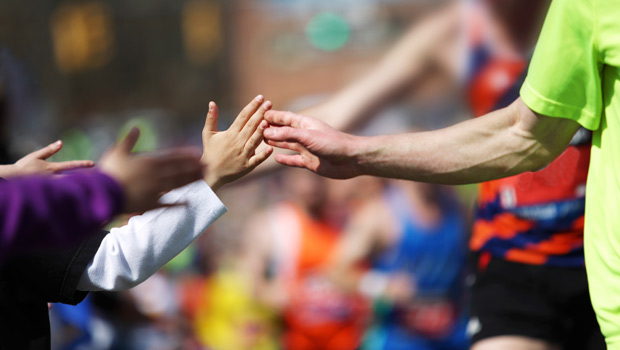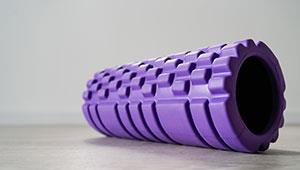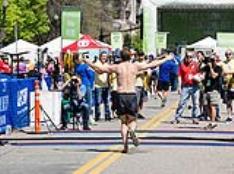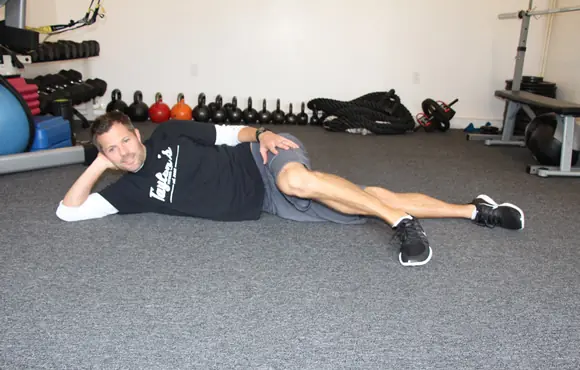

If you have ever wanted to finish a marathon, but the idea of running 26.2 miles (not to mention the hundreds of miles of training leading up to race day) just sounds like too much torture, then I have good news—you can do it, and it won’t feel a bit like it sounds! Here’s the training program that can get you across the finish line so that you can check “Finish a Marathon” off of your bucket list.
First, A Few Assumptions
No matter what your pace, a marathon is no joke, so you’ll need to be reasonably fit before you even start the “How Slow” training program. To help those who aren’t quite there yet, I created a very gradual training regimen that can literally take a person off the couch, from zero activity to marathon, in about a year. In the interest of brevity, I won’t be detailing that long, slow journey here, but if you’re interested, you can ask for the program via the How Slow Can We Go Facebook page.
To start the 12-week marathon training program, here’s what I mean by “reasonably fit”: You should be able to walk at least two miles at a 16:30/mile pace and jog continuously (at any pace) for at least one full minute. Also, if you’ve got any musculoskeletal injuries, chronic medical conditions or other health issues you’re currently dealing with, you’ll need to see your doctor and sort them out before you begin the training program.
One of our committed participants suffers from serious asthma, and although she has made great gains in both pace and endurance while training, it became clear to her after a few weeks that she was on too ambitious a timeline to complete the marathon she’d signed up for. She has since adopted a more slowly paced training program and plans to complete her marathon sometime next year.
Also, remember that although you’ll be running less than half the total race distance, you’ll still be going at a moderately-high intensity for six continuous hours on race day! Be sure you have the desire and motivation to do this before you get started.
The final assumption deals not with your motivation or abilities, but with the race course itself. For those who have never completed a marathon, it’s important to know that your race day pace will need to be faster than your average training pace in order to finish your race at your target time. This is because you’ll inevitably wind up traveling a little further than 26.2 miles, and you’ll have to slow down considerably or stop along the way to do things like use the porta-potty, drink water at the aid stations and eat food to keep up your energy.
For these reasons, this training program uses the conservative pace estimate of a 13:15 average mile, building in approximately 13 minutes of “cushion” time over the course of the entire marathon. So, for all of your long training workouts, you’ll want to shoot for a per-mile average pace of 13:15.
- 1
- of
- 2
About the Author

Get ACTIVE on the Go


Couch to 5K®
The best way to get new runners off the couch and across the finish line of their first 5K.
Available for iOS | Android







Discuss This Article